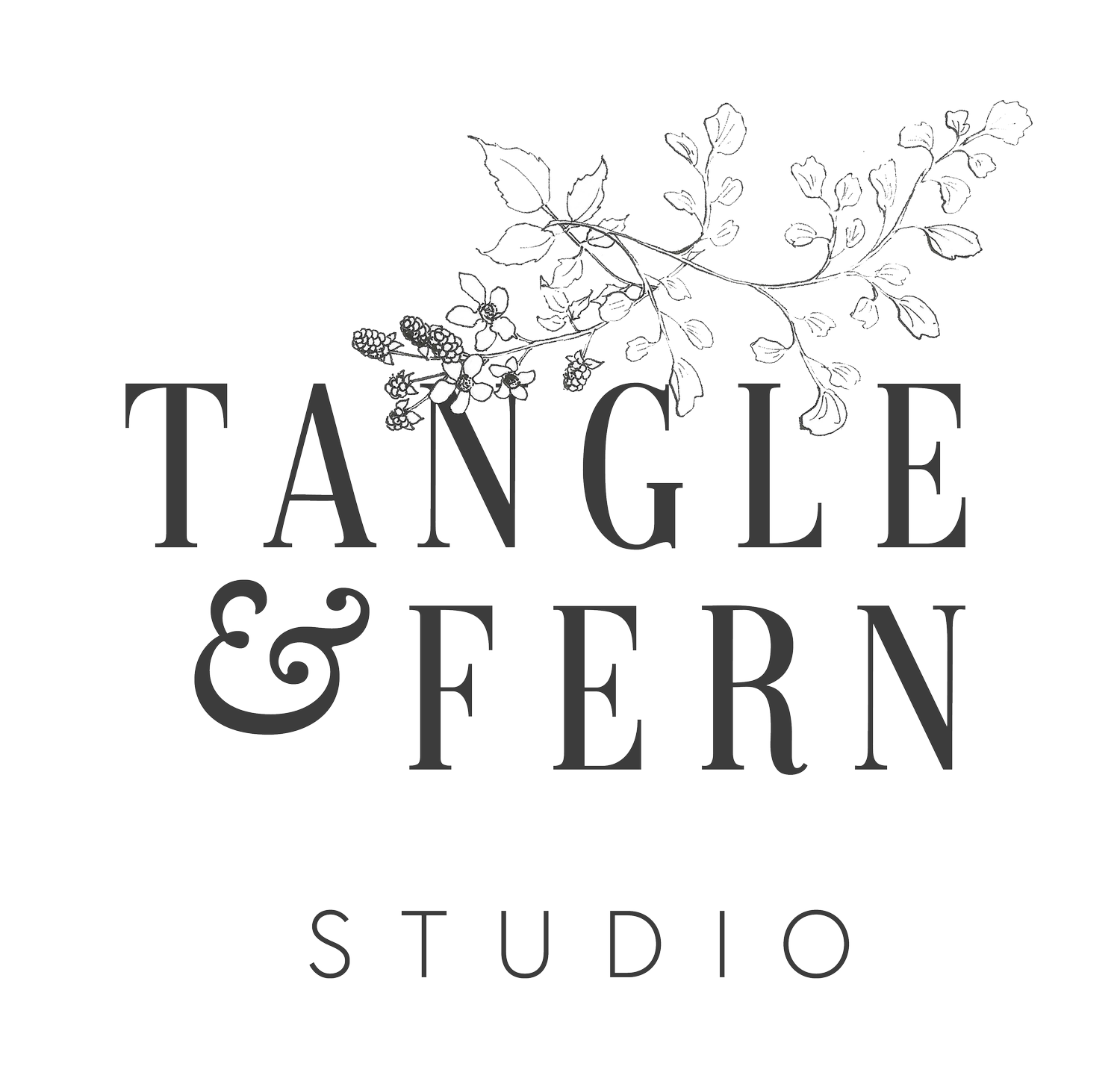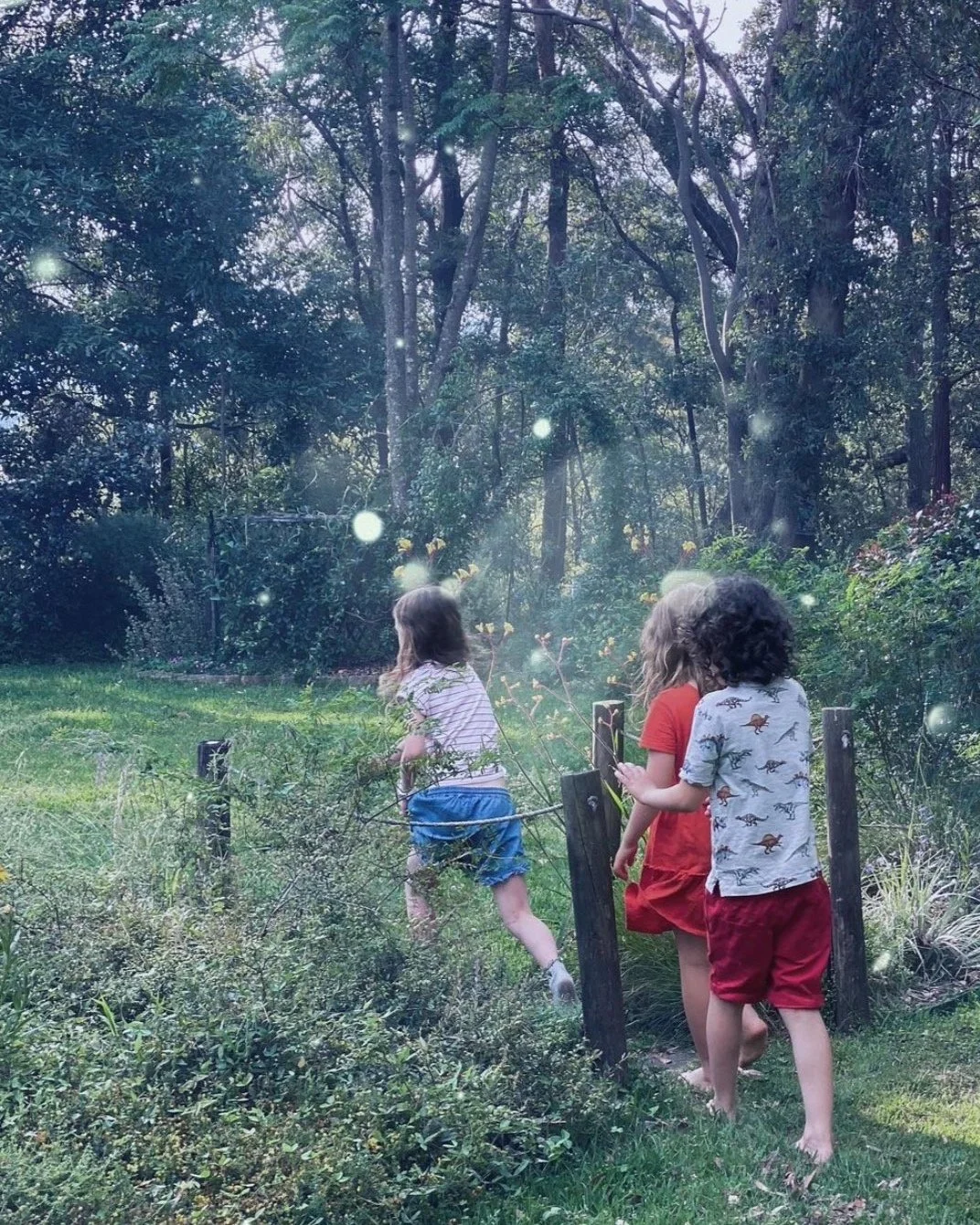
COURSE MENU
Links will become clickable as each new lesson is released.
Lesson 2: Your right audience
Your audience is more important than your message. Each of us only has one opportunity to craft a message: once a message is in the hands of our ‘audience’, it is out of our control. What each person does with our messages is then up to them, not us. Whether or not they read or listen, whether they put it down before they finish it, whether they understand it, how they interpret it, and how they respond to it, is all up to the audience, not us. This is why we need to think about our audience whenever we do anything we want to share in public, and why you and I will be spending this entire week getting to know, find, and listen to your audience.
“My play was a complete success. The audience was a failure.”
— Oscar Wilde
What do you want from your audience?
To kick off our thinking about audience, I want you to start by thinking about why you need, or want, that audience. And of course by “audience,” we’re not necessarily talking about a crowd in a theatre. I’m really using the term “audience” as a catch-all word to mean, “the people you want to communicate with.” Your audience is your customers, your social media followers, your readers, the people who consume your art, your listeners…” you get the picture.
So, before we start thinking about who those audience members are, we need to understand why you want them in the first place. There’s no point collecting followers for the sake of followers: that’s just vanity metrics, and it doesn’t do anything to take you any closer to your ultimate goals (unless your ultimate goal is to become a Kardashian).
It’s important to be clear and strategic about what you want the individual people who make up your “audience” to do. And “what you want them to do” doesn’t always mean spending money. For example:
If you are an artist or maker, do you want people to buy what you create? Or do you want to be exhibited? Do you want media coverage? Do you want retail stockists to accept you?
If you have a shop, are you hoping they will buy from you? Or sign up to on-site events? Or partner with you?
If you are a writer, do you want to find a publisher? Or a full time job? Or a community of online readers? Or do you want people to buy your books?
If you provide services, do you want people to book an appointment with you? Or do you want them to learn from you? Or you want to inspire other likeminded professionals to engage with you?
What else might you want people to do? Do you want them to follow your blog? Do you want them to commission you? Do you want them to learn from you?
Turn to page 13 of your workbook, and write down what you want people (members of your audience) to do. I’ve given you three boxes here, in case there are very clear and separate things that you want people to do. Use new lines or a separate sheet of paper if you have more than three things.
VISION CASTING
Now, close your eyes, and imagine one person doing exactly the thing you want them to do.
So, if you wrote down, “I want people to buy things at my store,” I want you to picture someone physically standing at the counter of your store, holding something that you stock in their hands, and they are swiping their credit card to buy that thing. They’re smiling, because they are really happy. It’s exactly what they were looking for and your shop is exactly the kind of shop they love to be inside, so this is a good moment for them.
If you wrote down, “I want publishers to publish my book,” I want you to picture yourself in a meeting with an editor you admire. They have just read the synopsis of your book and the first two chapters, and they are telling you, “This is exactly the kind of book we want on our list this year. We want to work with you to edit your book and help to sell it.” They are smiling, because they’ve been wanting something on this subject matter, written and presented in this way, because it fits perfectly with their content and title plan for the year, so this is a good moment for them.
For every new action that you wrote down in your workbook, do this vision casting exercise so that you can truly picture what this moment might look like. Pay attention to the other person or people in these imagined moments: from your early knowledge of your audience (from the “social listening” I talked about in the video above), what might you be able to tell yourself about the people in your moments? What do they look like, where are they in the world, and what is motivating them?
TIP: LOOK FOR COMMON CHARACTERISTICS
The members of your ideal audience will often have certain characteristics in common. This is not an exact science, because people are not robots and there is nuance to all of us. But here are some rough categories for you to consider: the members of your ideal audience will likely share some of the following with one another.
Demographics: They may share similarities in age, gender, income, occupation, education, or geographic location
Interests: In addition to similar demographics, they may also share interests in certain products, topics, or activities
Values: In addition to all of this, they may share similar values to one another, faiths, politics, attitudes towards community, and core beliefs
Behaviours: Finally, their shared demographics, interests and values may also cause them to exhibit similar behaviours to one another. Perhaps they visit similar websites, shop from similar stores, follow similar people on social media, share similar hobbies, or read similar books and magazines
YOUR AUDIENCE “SWEET SPOT”
Now imagine these characteristics in an onion-diagram like the one below. When the things you do and where you make them accessible converges with the demographics, interests, values and behaviours of others, that’s your sweet spot. Those people are your ideal audience.
Action station
Now that you’ve read through this lesson, work your way through each of the activities below. Be sure to approach them in order, as one will build upon the next. You have all week to complete these activities so don’t feel the need to rush: sometimes it’s better to let these questions marinate so you can get to the truth of the matter.
Bonus resource: social listening
One of the most useful tools to use when getting to know your audience is social listening. Put simply, “social listening” is a process of watching and listening to what your target audience members are sharing on social media, and using this information to influence your own content, so you can engage with them on their turf, and on the things that matter to them.
If you sell woven baskets and you want to know how to reach customers who love woven baskets, you look at what people who are already buying woven baskets are saying about them on social media. What questions are they asking about how to use them, where to find them, and what they’re made of? What complaints are they making to your competitors? What are they telling their friends about woven baskets? And what else can you learn about the people who happen post about buying woven baskets? Where do they live? Are they parents? What other interests do they have? All of this information is marketing gold when it comes to knowing your audience.
Starting now, and continuing throughout Let it Grow, I’m going to invite you to undertake some social listening of your own. Just chip away at it as you go along: social listening is not something you can start and finish in one sitting.
To help you, I’ve created some “tracking sheets” that guide you as to what to look for, and how to record it. The videos below are little demonstrations I made of myself researching (“listening”) and filling in the tracking sheets, so you can get a feel for how to do it.
Instagram tracking sheet
Download the Instagram tracking sheet here, and watch the demonstration video below to learn how to fill it out
Blogs & Facebook tracking sheet
Download the Blogs & Facebook tracking sheet here, and watch the demonstration video below to learn how to fill it out







